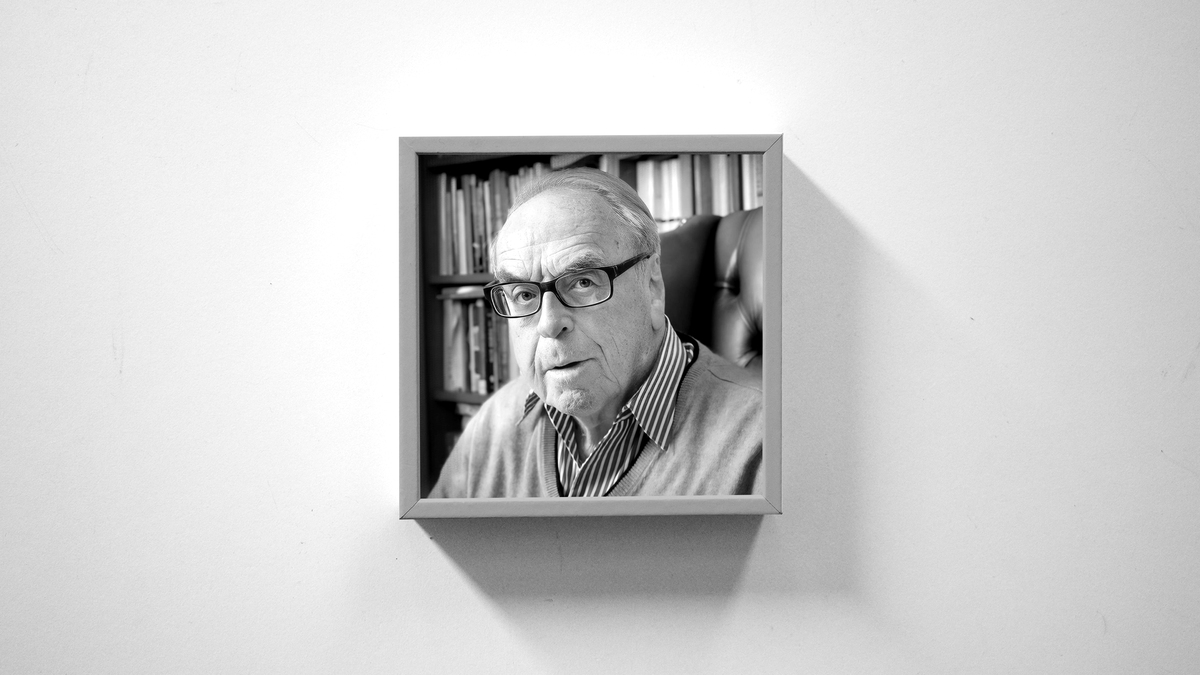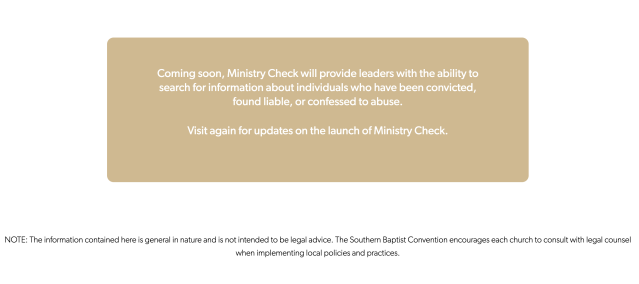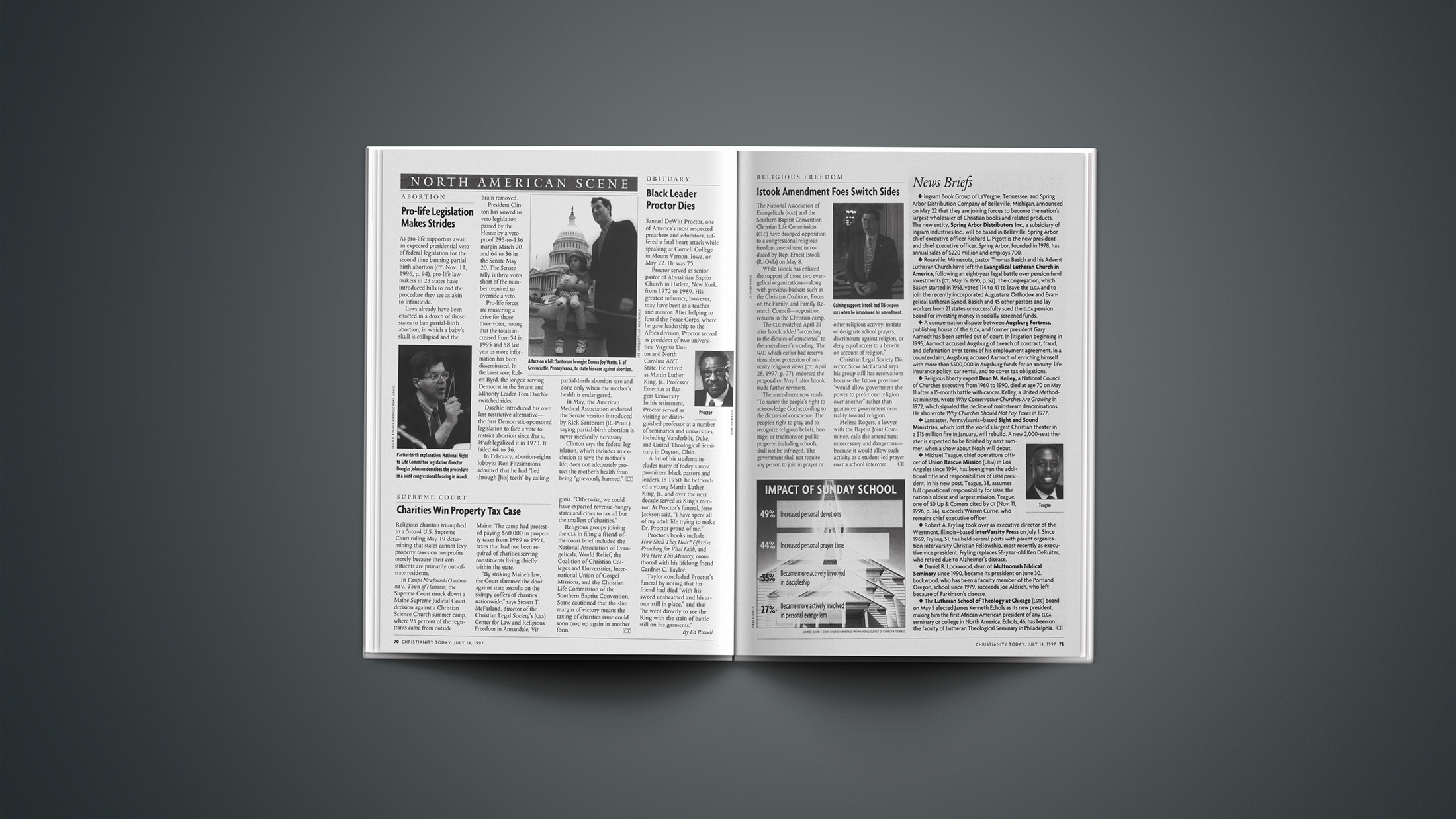Hate speech is a thorny problem in many countries of the world. Nations such as Pakistan and Sri Lanka, for example, regularly demonstrate how it can be used to incite violence against Christian minorities. But even Western nations that highly value freedom of expression have experienced demonstrations on college campuses that have turned into physical attacks.
Furthermore, evangelicals have expressed grave concern about the misuse of hate speech laws to censor and punish reasonable expression of traditional Christian beliefs. Trials in Finland and proposed legislation in Canada, for example, threaten to criminalize the view that homosexuality is contrary to the will of God, even when limited to quoting Scripture.
Attacks against Christians vary in different parts of the world, and to protect against all of them requires a carefully nuanced, principled argument. Fortunately, United Nations documents provide good guidance. Unfortunately, many politicians find it easier to score points with heavy-handed national legislation.
What is hate speech?
Article 20 in the International Covenant on Civil and Political Rights (ICCPR), first proposed in 1966 and ratified by 173 nations, prohibits “any advocacy of national, racial, or religious hatred” that involves “incitement to discrimination, hostility or violence.” But in a careful attempt to balance Article 20 with freedom of speech, the 2012 Rabat Plan of Action permits restrictions on an exceptional basis and only when “narrowly defined” by law.
Taken together, it is clear that hate speech pertains to intense emotions of detestation or vilification, which create an imminent risk for persons belonging to these targeted groups. It does not, however, imply a demand for “safe spaces,” where people are protected from any expression that makes them uncomfortable.
Hate speech restrictions we should support
Many countries have laws prohibiting hate speech that meet the ICCPR requirement. First developed as an antidote to anti-Jewish rhetoric that preceded the Holocaust in Nazi Germany, properly crafted laws would assist suffering Christian minority communities around the world.
Last August in Pakistan, what started as a family conflict turned into a violent rampage when Muslims were incited to destroy churches and homes based on flimsy evidence that two men had defaced pages of the Quran. A similar attack happened again on May 25 of this year, and two Christians were reported killed. In the local context, it is not difficult to whip up such mobs, because there is an environment of regular hate speech directed against Christians.
In Sri Lanka, social media often fuels such promotion of hatred. The National Christian Evangelical Alliance tracks hate speech, and, in the first three months of 2024, it identified 15 incidents, two of which included advocacy to violence.
In many parts of the world, Christian minorities live within a climate of hostility that goes beyond religious differences. When social rejection crosses the line into incitement, we can all agree that it should be prohibited.
Restrictive actions we must oppose
Western nations, however, have witnessed an increasing use of hate speech laws to target Christian expression, particularly on controversial matters of sexuality.
In 2021, Finnish politician Päivi Räsänen was prosecuted after tweeting a picture of Romans 1:24–27 and expanding on those views in a brochure and radio interview. Her pastor, Juhana Pohjola, was also prosecuted for distributing the brochure. Both have been charged with disseminating a message that “threatened, defamed, or insulted” a group of people based on their sexual orientation. Acquitted twice, these figures now face a third trial at the supreme court. The particularly troubling part of this case is that the “speech” is the text of the Bible.
Even more alarmingly, here in Canada, there is now an effort to silence people before they even say anything. The Online Harms Act, a bill currently debated in parliament, primarily deals with protecting children from online exploitation. But one key provision would allow a person who fears that someone might engage in offensive speech to get a “keep the peace” order to restrict that individual. Secular voices have joined believers to criticize this bill that the British magazine The Spectator describes as “Orwellian.”
Canadian Christians are worried that they might face prosecutions similar to what Räsänen and Pohjola have endured. The national Criminal Code already prohibits willful promotion of hatred against an identifiable group. But this proposed legislation also seeks to revive a section of the Canadian Human Rights Act, repealed in 2013, which permits people to file anonymous complaints alleging hate speech, a move harshly criticized by the former chair of the Canadian Human Rights Tribunal.
A principled path on freedom of expression
Free expression is vital for a functioning society. We need to be able to express deeply held beliefs on issues even when it is uncomfortable. But its suppression, as stated by Freedom House, “can allow unseen problems to fester and erupt in far more dangerous forms.” Furthermore, the leading human rights advocacy organization described the protection of free speech as the “lifeblood of democracy,” which facilitates the necessary debate over diverse interests and policy decisions. Consensus is not possible without it.
Hate speech is a global problem that requires global solutions. As in many such cases, a thoughtful balancing of rights is needed—in this case, to protect legitimate free expression while also protecting vulnerable communities from the threat of violence.
It is vital to have a clear definition of hate speech and criteria when it could be restricted. The Rabat Plan suggests a six-part threshold test, all of which should be fulfilled in order for a statement to be considered a criminal offence: (1) the context of the speech; (2) the status of the speaker; (3) the intent of the speaker; (4) the content and form of the speech; (5) the extent of the speech act; and (6) the likelihood of the speech inciting imminent action.
The blasphemy provisions of the Pakistan Penal Code, however, are an example of a law that is far too broad and vague. It outlaws “deliberate and malicious acts intended to outrage religious feelings … by insulting … religion or religious beliefs” (italics mine). What is defined as criminal hate speech must go beyond insults to include incitement to discrimination, hostility, or violence, limited to a context where such reactions are judged to be likely.
The Rabat Plan further notes two troubling tendencies: “non-prosecution of ‘real’ incitement cases” and “persecution of minorities under the guise of domestic incitement laws.” Laws are only effective if they are implemented in a fair and just manner with an independent and unbiased judiciary.
Finally, we need to recognize that there are limits to the effectiveness of passing laws against hatred. Hate starts in the heart and mind. We should foster interfaith dialogue and a culture of peacemaking, both amid domestic groups and at the international level. We must also seek educational reform to ensure that schoolchildren are not taught to hate people who are different from them.
Sadly, many political leaders seem inclined to exacerbate divisions as a means to increase their popularity or to impose dominant cultural views on minority groups. As Christian peacemakers called to love all our neighbors, we should support carefully crafted limits on hate speech intended to foment violence or to stifle the rights of minorities. But we must also oppose any laws restricting speech, regardless of their intention, that could be used to marginalize and silence public discussion and debate, even when the issues are unpopular.
Hate speech that incites violence leads to violence. It is as simple as that. When we have the opportunity to prevent such violence through a combination of legislation and dialogue, we should do so. But we should not cast a net so broadly that legitimate discussion becomes a criminal act.
Janet Epp Buckingham is the director of global advocacy for the World Evangelical Alliance and the executive editor of the International Journal for Religious Freedom.










































